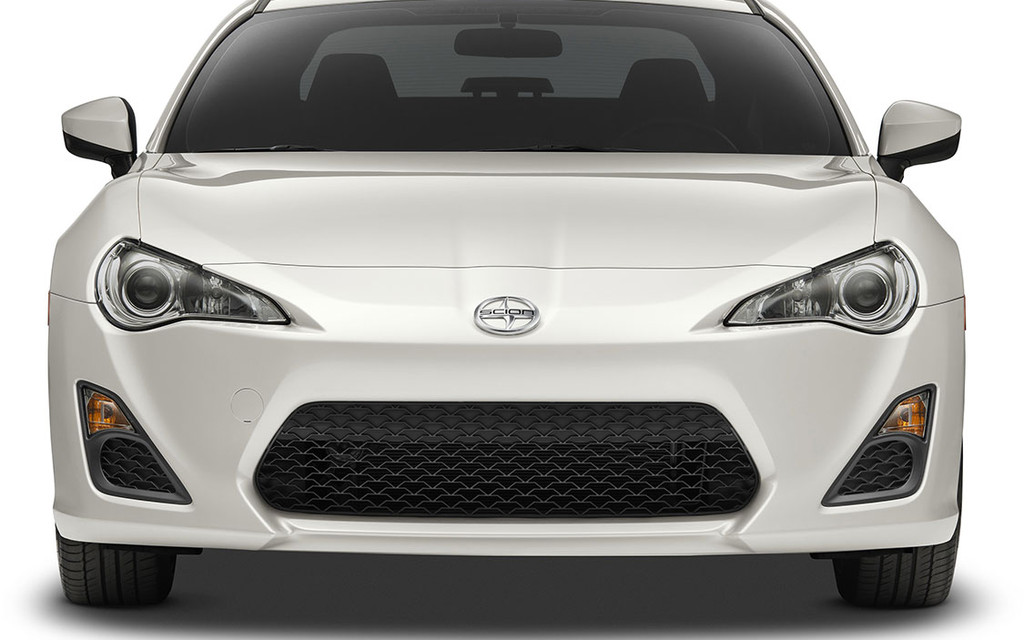Toyota scrapping Scion brand, keeping FR-S, iM
It was in August 2015 that the Motoring TV team was in Calgary for the launch of the 2016 Scion iM, and Motoring TV host Brad Diamond had a simple question for a Toyota Canada spokesperson.
"Is this do or die—does this vehicle have to survive for the brand to survive?"
The answer was equally as concise.
"I don't see it as do or die," said Romaric Lartilleux. "It's another addition to the Scion lineup that we need to increase our sales (and) we have other products coming.
"Scion is not dead ... it's not dying, and we still trust in the brand."
Fast-forward less than six months, and the struggling brand is about to come off life support, with Toyota announcing that Scion will cease to exist following the 2016 model year.
The plan to eliminate the brand will come into full effect in August, with 2017 model year versions of the FR-S coupe, iA sedan and iM hatch becoming "part of the Toyota family."
The automaker didn't indicate whether the model names would change.
Other remaining models—the tC and xB—will be eliminated, Toyota said.
Toyota, as expected, is putting a positive spin on the news, with the automaker crediting the Scion brand with bringing "new, younger customers" to dealers.
"I think it's a positive," Stephen Beatty, vice-president of Toyota Canada, said in an exclusive interview with Motoring TV. "It's a positive because Scion brought younger buyers to Toyota, but (also) because Scion's all about small cars and so is the Canadian marketplace."
Others, however, aren't so convinced.
A general manager from a Canadian Toyota dealership that sells Scion vehicles admitted that he "drank the Kool-Aid" when the brand was launched in Canada, but quickly came to a different conclusion.
"From Day 1 we told Toyota (Canada) it was a stupid idea," said the manager, who requested anonymity to protect his relationship with his corporate counterparts.
"They took what was a great success in the (United States) but by the time it came to Canada it was already failing."
The numbers seem to back up his claim.
Scion, which was launched nationwide in the U.S. in 2004, sold 99,259 in its first full year on the market south of the border, according to Automotive News data.
It hit a peak of 173,034 vehicles sold in the U.S. in 2006 before rapidly declining to 57,961 in 2009—the year before Scion was introduced to the Canadian market.
The manager said his dealership shelled out more than $250,000 for signage and other materials in the lead-up to Scion's 2010 Canadian launch, but the writing was already on the wall for the flagging marquee.
U.S. Scion sales plummeted a record-low 45,678 in 2010.
The dealership manager said there is nothing inherently wrong with Scion-branded vehicles, but a lack of brand recognition combined with poor marketing choices are responsible for killing Scion.
"There's nothing wrong with the cars—the cars are fantastic," he said, noting that brand was targeting a market that doesn't traditionally buy cars, let alone new ones.
"The people who they launched it to take (public transit) or Uber," he said of the young, urban demographic the automaker was targeting.
Still, Toyota in convinced that Scion "achieved its goals," with 50 per cent of its customers under 35 years old.
The manager anticipates a near-instant turnaround for the models that the automaker transitions to the Toyota marquee.








